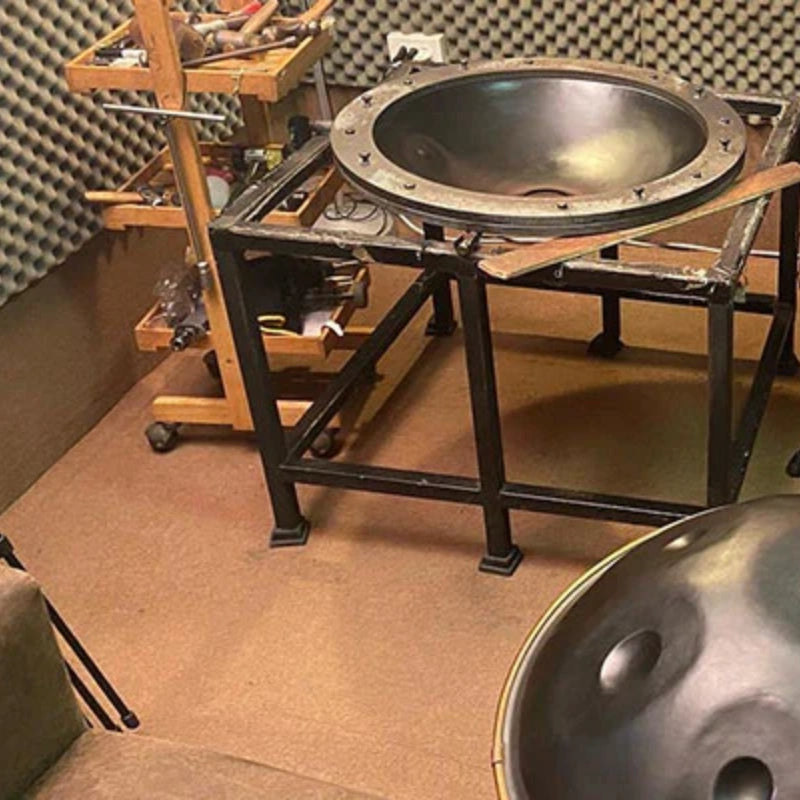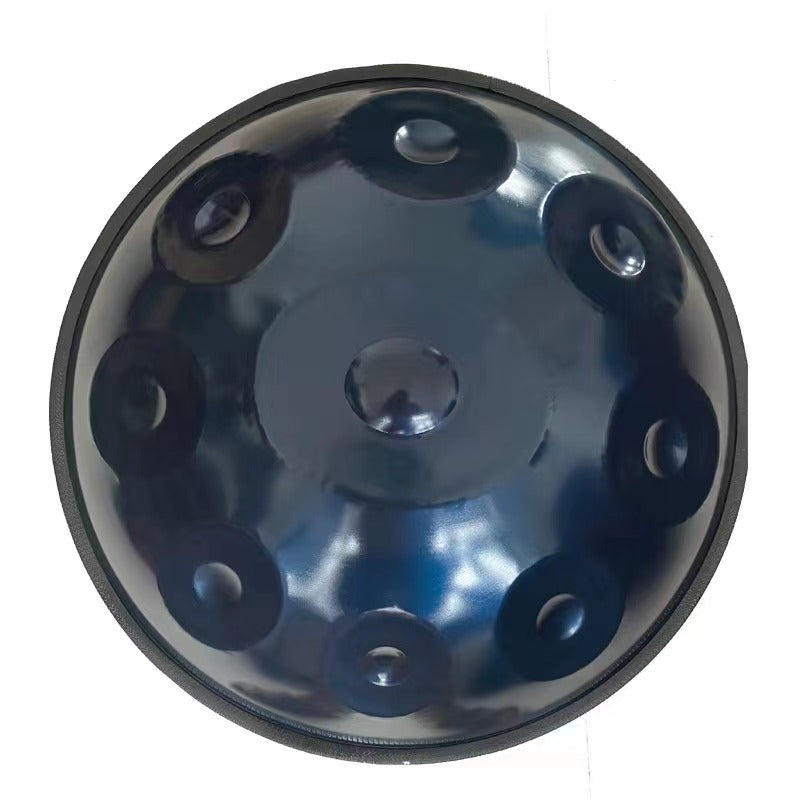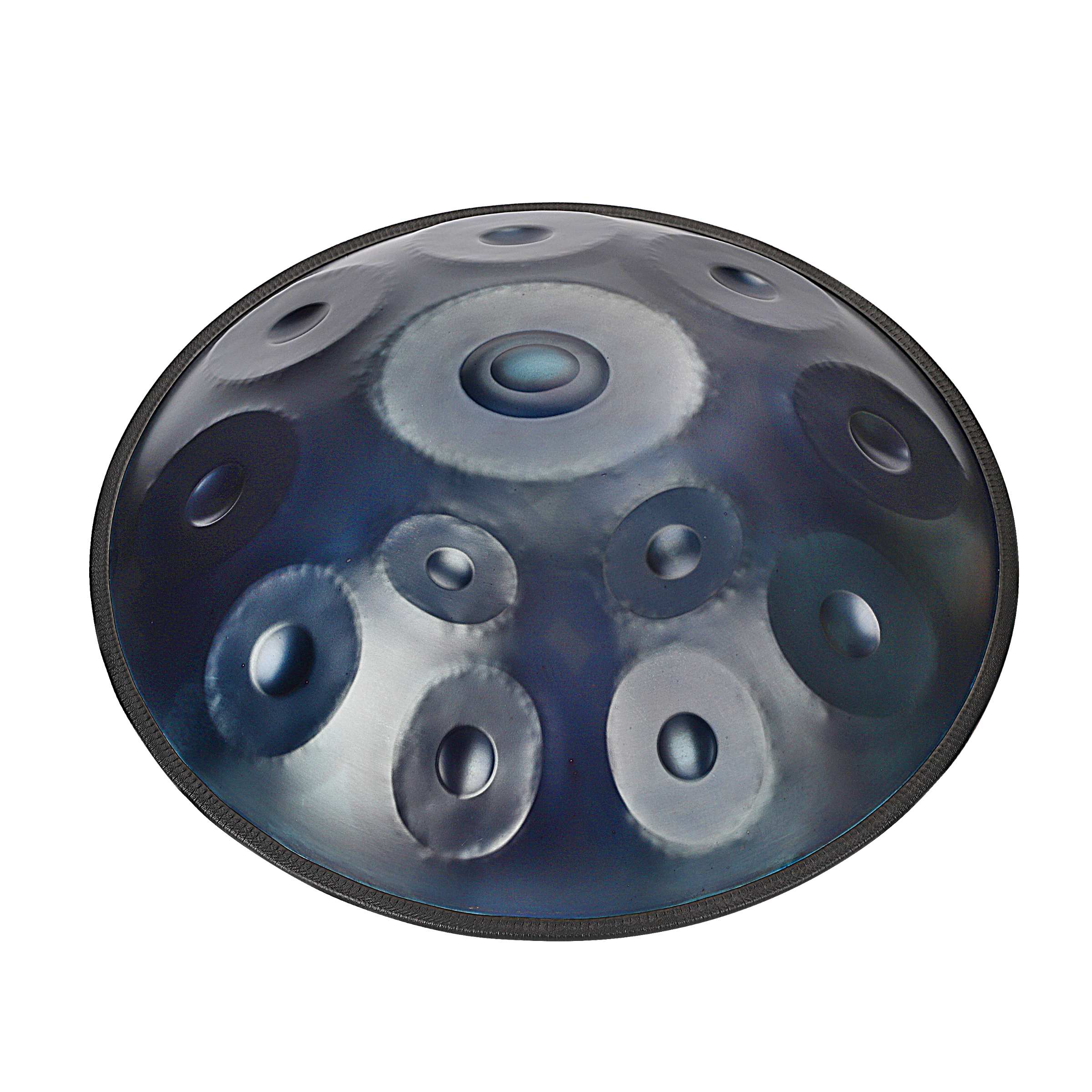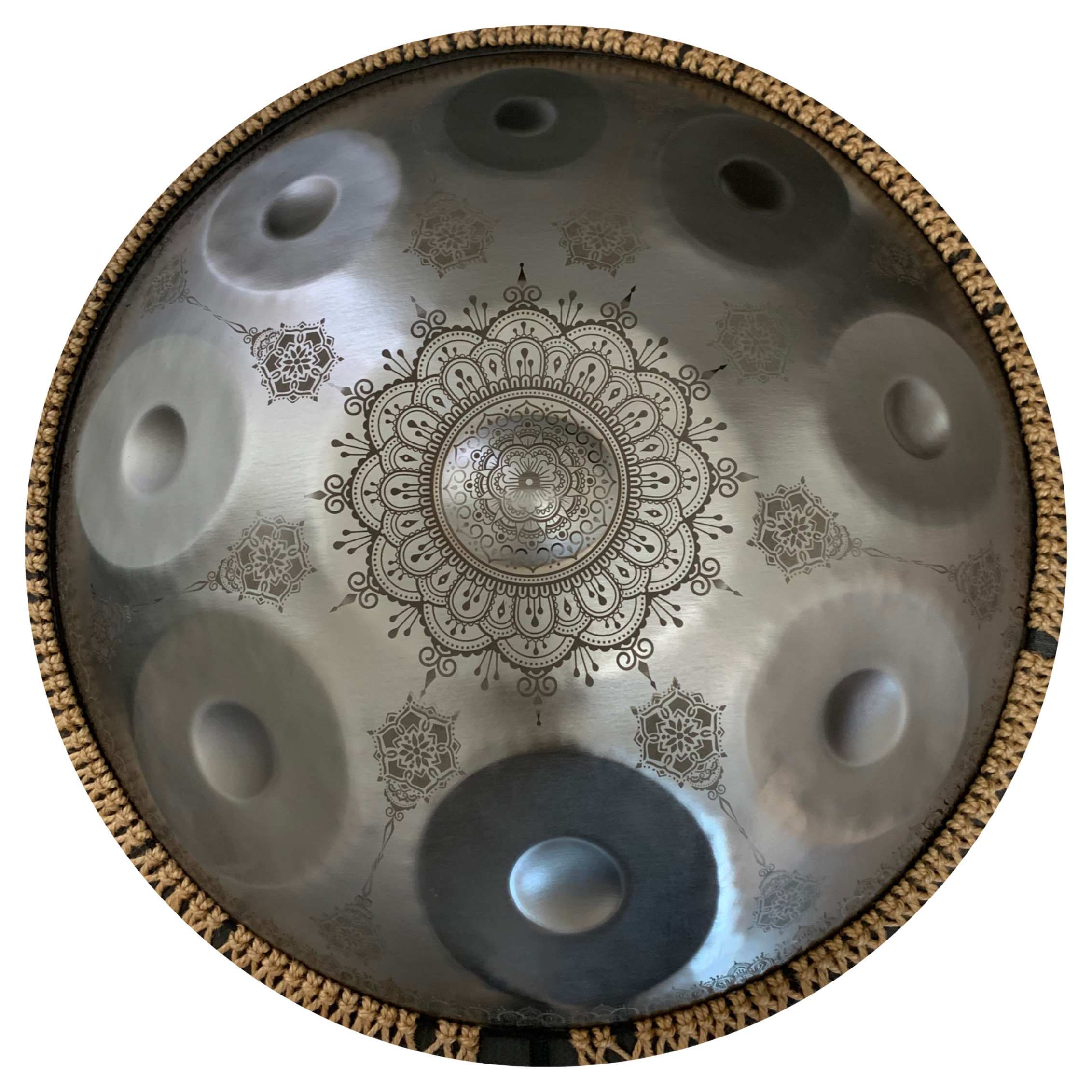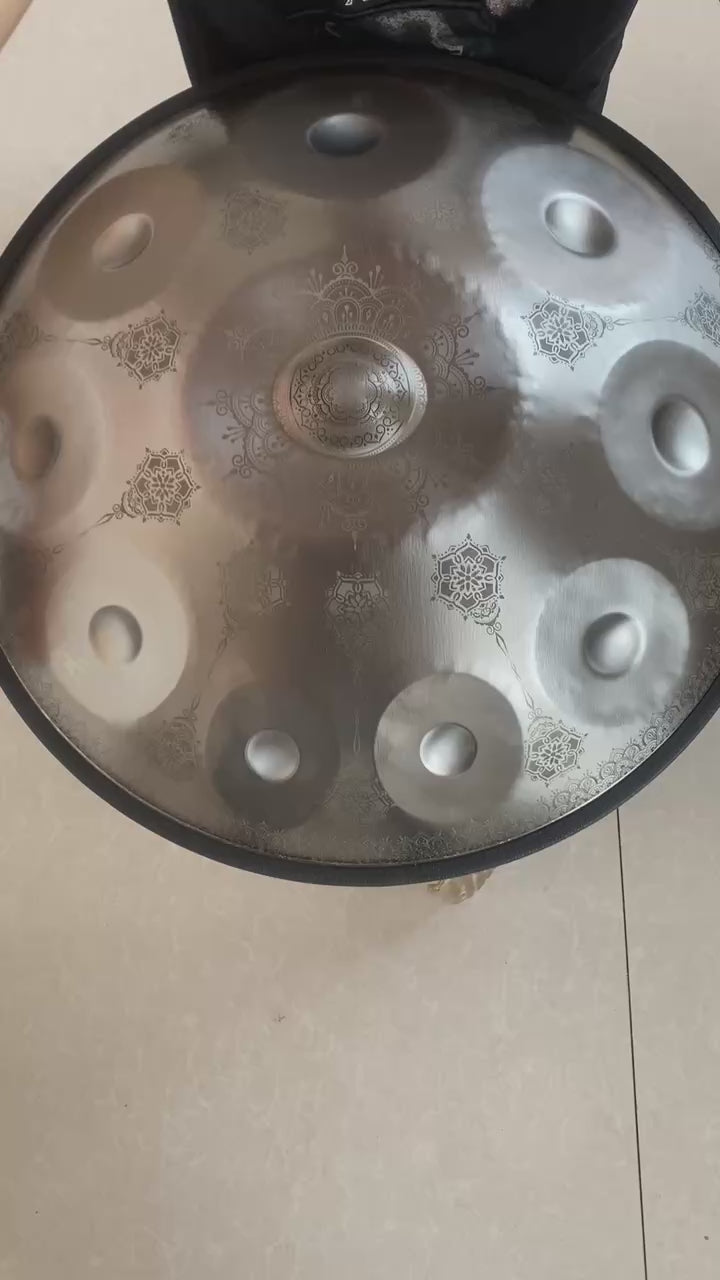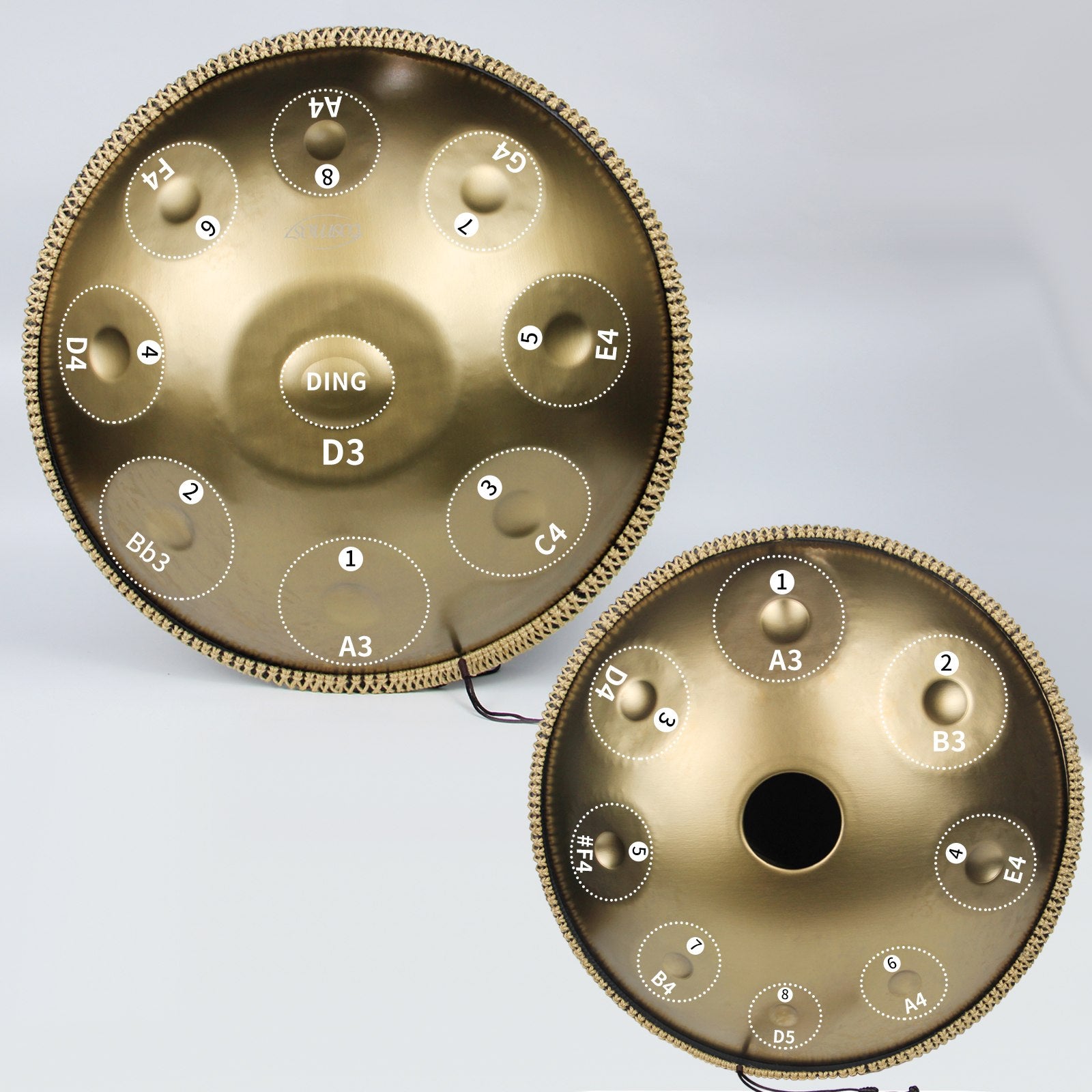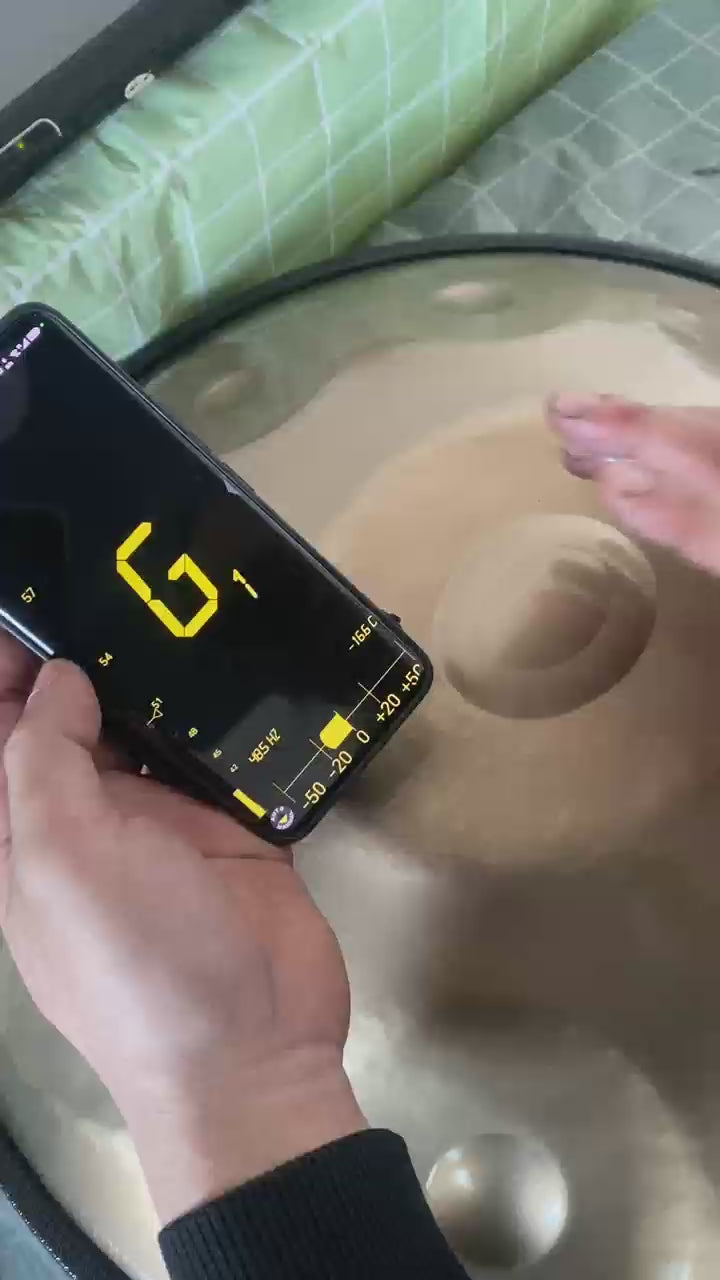The creation of handpans is a beautiful combination between craftsmanship and musical innovation, transforming metal sheets into ethereal sounding instruments that inspire both musicians as well as listeners. How handpan are made, from a concaved steel shape everything, from picking the proper steel and turning it fine-tune finish is a very technical feat.

The article covers many angles of the world of handpan making, from its history and evolution as a musical instrument to more specific details about materials for that or those long tail rabbits), tools needed in the process Even steel handpan varieties. How bread dough shapes mold, and perfect art to bake offers specific procedures on how handpan drum is made.
History and Growth of Handpans
Its history lies within the modern steel pan or steel drum in Trinidad and Tobago, originating as early as 1930. Made from discarded oil drums, the resonant sounds they produce have entranced audiences and featured prominently in the association's activities.
Origins of Handpans
Swiss instrument makers Felix Rohner and Sabina Schärer began manufacturing the Hang in 2000 on behalf of their company PANArt, inspired by the Trinidadian steel pan. The Hang, which translates to 'hand' and 'hillside" in the Bernese German dialects is an innovative handpan design with a distinct tone field orientation that delivers mystical sounds.
This would help the Hang became well-known in all circles of musicians and amateurs, stimulating a demand for other members of the same family.
Key Milestones in Development
- The Hang was produced in various "generations" (produced by reknown handpan producers PANArt), each a slight evolution of the classic design as their philosophy evolved.The prior generation is called the Hang and has a more primitive style of appearance (as well as sound), whereas subsequent generations include adjustments in tuning, overall materials design and note layout.
- As their Hang became more popular, PANArt grew weary of the handpan distribution process and eventually stopped selling instruments altogether; the company sold only by invitation at its Swiss headquarters.
- In 2013, PANArt released a statement that the Hang would no longer be made in order to preserve its value as something unique and exclusive.
- The Hang was never made available in a wide range of scales, and the popularity of its sound inspired manufacturers (and many craftsmen experimenting with pans all over the world) to create various handpan designs using different scale patterns and materials, leading to the production of several variants - for example: Halo by Pantheon Steel.
- In 2019, PANArt reported to return limited Hang production with new copyright and declaring all other handpans as illegal copies while this story develops.Required tools and supplies for building a handpan.The type of metal that is used for crafting the handpan plays an important role which decides the sound, life and quality of a handpan. Steel handpans are commonly made with different characteristics every type has.
Types of Steel Used
- Stainless Steel - Otherwise, said to be powerful and spotlike brightness. That said, it can also be a bit cold in skin touch and looks compared to other steels. Handpans made from stainless steel usually sustain longer,This makes them perfect for meditation playing or sound therapy sessions.
- Mild Steel- Mild steel is well-known for having a warm, full tone. Though not as strong stainless steel, the mild steel handpan has a moustache smoother amid more resonant sound which is better used for lyric writing,hand drumming or playing with others.
- Carbon Steel: Just like mild steel, Carbon Steel handpans produce a dull and rich sound They can be more difficult to deal with, and could cost you; but they pack a greater punch.
- Ember Steel -a unique carbon steel with rich warm tone and similar warmth of that mild but without wear like a hardenable wokoyea optional add-on.
- Nitrided Steel: Crafted from hardened steel then exposed to a nitriding treatment (adding nitrogen into the surface), nitriding makes for strong and long-lasting handpans that are said to typically feature the warmth of mild or ember steel as well.resist wears and corrosion.
Essential Tools for Crafting
The process of making a handpan necessitates an array tools that are needed to shape, form and tune the instrument. Some essential tools include:
- Hammers: These include planishing hammers, cross-peen hammers and ball peen hammers used to tune the handpan.
- Grinders : Angle and bench grinders are used to cut down extra material as shape out the handpan.
- During Tuning Specialized anvils and stands are used to support the handpan during setting of tone fields.
- Measuring Devices - for accurate dimensions and note placing. i.e., Calipers, micrometers etc
- Safety Gear: working with metal and power tools requires safety gear like gloves, ear protection and eye protection.
- Heat Treatment Equipment: For improving the steels properties or implements surface finishes, metal parts are heat treated this is done in furnaces, ovens or torches.
- Nitriding Equipment: Nitralloy alloyed steel handpans - in order to impart nitrogen into the surface, custom nitriding equipment is mandatory.
The right mixture of materials and the tools used in crafting a handpan are crucial as they greatly influence not only its sound, but also other things.quality and long lasting. Experienced craftsmen meticulously select the type of steel and tools that will produce their desired tonal qualities resulting in a handmade high quality handpan.
How To Build A Handpan: Step By Step
Shaping the Steel
- Creating a flat steel sheet For their sweetness and tone, a lot of creators pick heavy-set yet level bits of steel with exact measures for carbon to iron.
- Build the base main dome shape -- Sinking The Shell Common methods include:
o Hand hammering into shape Rolling the sheet into a domed shape using something like this machine.
o Hydroforming, in which water pressure pushes the steel through a circular die
- Milling of the dome-shaped steel and gas-nitride (except for stainless) Nitriding: an alloy of nitrogen with the iron, brings strength and anti-corrosion properties.
- The scale is to be defined and the positions of notes drawn on the dome inside. These usually consist of a central "Ding"&7-9 additional notes in an organized, patterned layout. By hammering or pressing these "tonefields " into the shell, either in innies (indented), outie shapes, makers achieved different tuning mechanis.
- Pre-stress the tone fields, remove them and heat treat to keep new form
Tuning the Notes
- Handpan Tuning (how to do it) -> Need an experienced hand Cause you leave no Tune behind You want to slap all of them into a form, as if two pringle chips crossing each other... The combination of these three tones (fundamental note, octave and harmonic overtone) create the resonance commonly associated with a handpan. Manufacturers sometimes then identify which notes belong to each drum axis and process the metal accordingly with software.
- Allow the handpan to settle for a week, or even longer in between tuning. It is more helpful as metal has "memory" and wants to return into its shape so letting it sit helps achieve slightly superior tuning per round of stretching.
- Attach the top dome to a lower ported shell by using Hot Glue. This port, or Helmholtz resonator is specifically sized to resonate with the scale of that instument. The bottom shell might not be musically tuned (or the additional notes)
- Repetition-do several rounds of fine-tuning, and let the handpan rest between each session (so that it can settle back into its new shape).
- Finally, to ensure the finish of handpan etc. by etching maker's logo and cutting/polishing rim + protection wax coating
Advanced Handpan making techniques
Innovative Tuning Methods
Just as exciting, now that handpan makers are more experimental than ever, new tuning techniques can result in unparalleled harmonic depth and variation. One of these methods includes emphasizing harmonics that provides a complex and full overtones forming notes themselves
In order to do this, a maker will use the side part of his hit away from the permanent note that needs to be suppressed and strike so as not only gives blow but also accents right harmonics. This method needs precise control and comprehensive knowledge of the harmonic structure of each note (it has, its own tonal characteristics).
A more intermediate-advanced technique frequently used by one of the most esteemed handpan players, Manu Delago, is only using your dominant (or stronger) hand to strike each note on either side.
at one time damped the fundamental note, at another time a single harmonic and on other fingers picked out these remaining again certain of harmonics. The following is a slick little move and requires one hand in particular to use 1 finger instead of the other:finger or curved with ignored pitch strike can punctuated harmonic anyone without position could. Although a struggle, this approach provides new territories in tonal development and an expression of different characters.
Creation of Atypical Sound Variants
Other than tuning specific advancements, handpan creators have invented techniques to produce distinctive sound variations in their instruments. There is one way to do this by combining different handpan tunings, either relative major and relative minor keys or playing the same tuning on each instrument.
Handpans that are tuned to the same or similar scales will create a beautiful, unified sound for introductory jam sessions and improvisational playing. In contrast, marrying adjacent tunings (like parallel major and minor modes) inject tempers of light-darkness that fit melodious together, culminating in lush aural waveforms.
For more experienced players and composers, makers are able to manufacture custom models with a range of notes wider than one scale being using on the top shell by combining two or more scales across an entire bottom-shells handpan. It enables the creation of complicated melodies as well as sound sequences.
though a bit of more sophisticated musical exposure may be necessary to steer clear of the heightened dissonance possible.
Handpan builders are in a constant search for new approaches and techniques to extend the tonal creations of their instruments catering both advancing musical demands as well inspirations by musicians and amateurs.
Conclusion
In the course of this esoteric quest in mastering how to make a handpan from scratch, we embarked upon tracing its roots alongside its evolution, discussion on specificities pertaining materials and tools needed for,... and drilling into crafting tips ad tricks EVERYTHING-else that makes your steel drum sing!
musical creations to life. Combined with the need for each handpan to be crafted in such a delicate combination of artistry and engineering, it further emphasizes that whilst digital production is viable solution to counteract the high demand placed on creators... we cannot fail earthly roots when producing something so organically special. Through these phases capturing conceptualizaiton until final tuning, we come to a deep appreciation of the commitment that backs up each note emerging from this steel pieces.
Whenever we look at the importance of crafting handpan, it is clear that this art not only transmitsthe musical legacy but also offers a contemporary way to interpret expressive language throughpercussion.
breakthrough technology, but is imbued with the emptiness of future possible innovation. An instructional series on how to shape, tune and apply modern techniques opens up a whole new world for experimentation with creative expression. Our goal with this article is to invite musicians and handpan lovers alike, both onto the journey of playing traditional tunes through new avenues as well as into a never-ending cycle that sparks innovation in the inner level by making use of uncharted territories; thus cultivating an ongoing evolution for other musical explorations. The more makers and players that enter this community, the greater these intangible instruments can facilitate relations to each other as well as towards even regions of healing themselves and what lies beyond.

